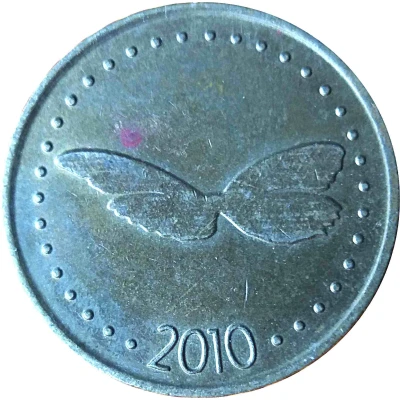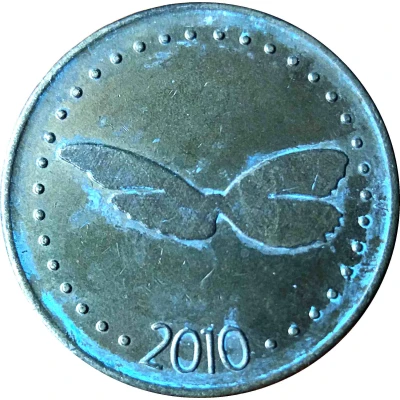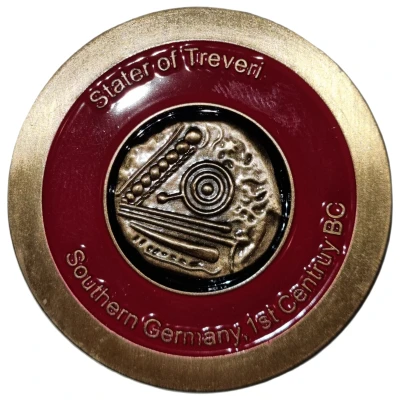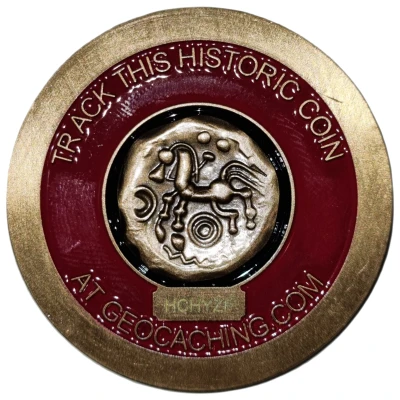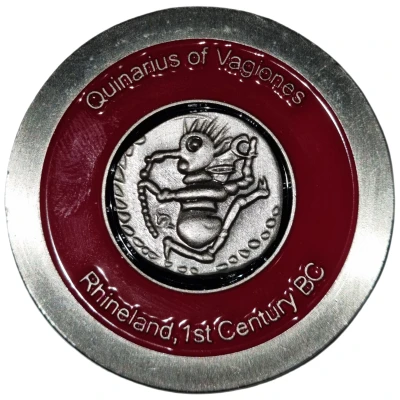
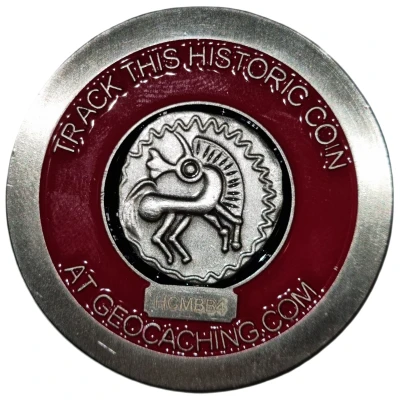

© SMacB (CC BY)
Token - Quinarius of Vagiones Dancing Manikin
2011 year| (Red enamelling) | - | 42 mm |
| Type | › Tokens |
|---|---|
| Year | 2011 |
| Composition | (Red enamelling) |
| Diameter | 42 mm |
| Thickness | 3 mm |
| Shape | Round |
| Technique | Cast |
| Orientation | Medal alignment ↑↑ |
| Updated | 2024-11-14 |
| Numista | N#360733 |
|---|---|
| Rarity index | 97% |
Reverse
A brassy metal ring with cast (epoxy?) inner encasing a replica Quinarius of Vagiones (Dancing Manikin) coin -
horse standing right, head turned left; around, zig zag border.
Script: Latin
Lettering:
TRACK THIS HISTORIC COIN
AT GEOCACHING.COM
Edge
Plain
Comment
REPLICA - Celtic Rhineland, AR quinarius. 1st Century BC. 1.71 g. Dancing man right, head left, holding torque and serpent. / Celtic horse right with head turned back. De la Tour 9396; Dembski 394; BMC Celtics 525. https://www.wildwinds.com/coins/celtic/rhine/DLT_9396.jpg"According to its weight this Celtic silver coin is a quinarius. After the charming depiction on the obverse it is known as 'quinarius with the dancing manikin.' Actually, the dancing manikin is a running warrior holding a torque in his right hand, a typical Celtic collar that was reserved for high-ranking people and for gods.
Quinarii of the 'dancing manikin0 variety are rare and not known in a secure archaeological context as yet. It is assumed that they were produced in the middle Rhine region during the 1st century BC."
https://www.moneymuseum.com/en/coins?&id=362
